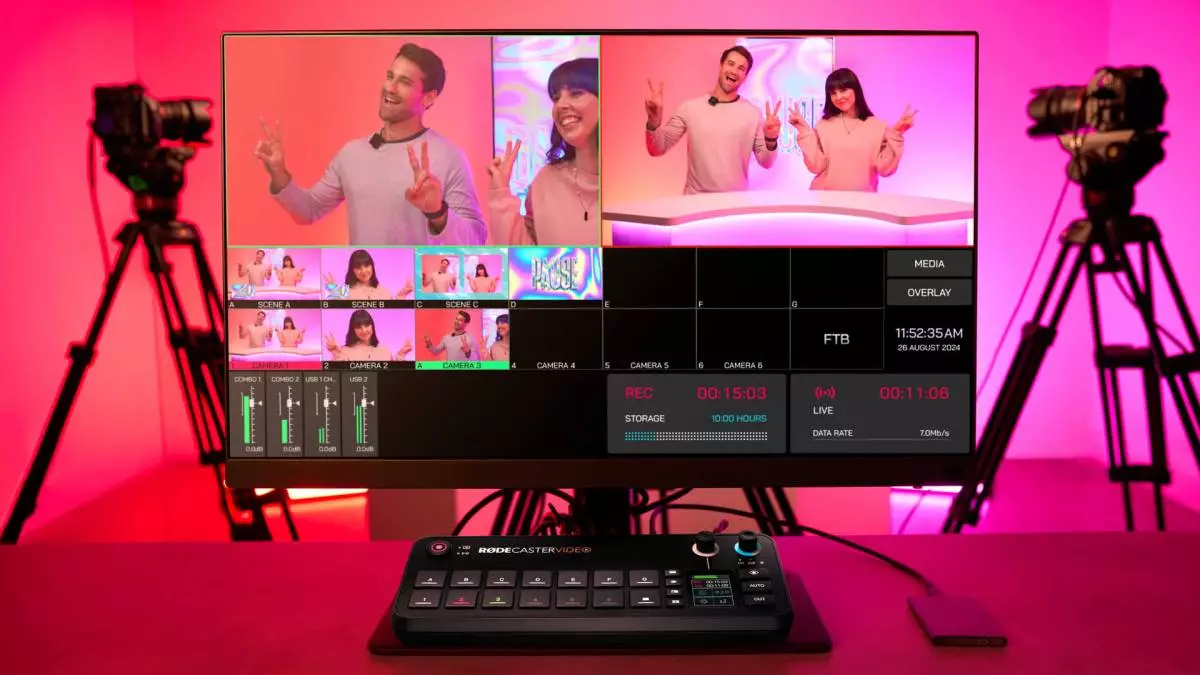In an era where streaming and video content creation is at an all-time high, Rode has rolled out an ambitious upgrade to its product line—introducing the Rodecaster Video. While the original Rodecaster Pro was widely celebrated upon its launch in 2018, the Rodecaster Video aims to bridge the gap between novice creators and professional setups. However, the landscape it enters is much more competitive compared to its predecessor, posing unique challenges.
Since the rise of platforms like Twitch and YouTube, there has been an increasing demand for accessible video production tools that don’t require a steep learning curve or a significant financial investment. The Rodecaster Video targets individuals looking to enhance their production quality without diving too deep into professional equipment—a feat made more challenging due to the escalating prices in the current market. Retailing at $1,119, it nearly doubles the price of the Rodecaster Pro, raising questions about its value proposition amidst numerous competitors who are also innovating in this space.
The Rodecaster Video is tailored for a broad audience, extending its utility beyond just podcasting. It promises to facilitate video production for a variety of creators, including solo streamers and teams working in studio environments. This versatility is significant, but it also raises expectations for performance across all these use cases. The compact design of the Rodecaster Video, optimized for desktop use rather than a central podcasting table, showcases Rode’s intention to cater to the modern creator’s workspace while still maintaining functionality.
Equipped with advanced features, the Rodecaster Video boasts pre-amps for XLR microphones, multiple HDMI and USB-C inputs, among other functionalities. Users can switch between varying video sources in real time, a feature that potentially enhances productivity during live production. The audio processing capabilities—ranging from EQ to noise gating—are impressive and align with the quality expected from Rode devices. Moreover, the system’s ability to automate tasks such as green screen removal and multi-video source audio switching is convenient for creators aiming for a polished final product with minimal hassle.
Despite its advantages, challenges loom for the Rodecaster Video. Competitors have been aggressively innovating, and as video-first content continues to grow, users may find themselves exploring options from brands that offer similar functionalities at lower price points. Ultimately, the Rodecaster Video will need to demonstrate clear value and unique offerings to justify its premium price tag in a marketplace populated with alternatives.
With the introduction of the Rodecaster Video, Rode aims to replicate its previous success in providing accessible professional audio equipment for creators, but in a more challenging and crowded environment. The anticipation surrounding its launch will hinge not only on its feature set but also on its ability to carve out a unique position in the video production sector. Creators looking to elevate their content will undoubtedly be watching closely, as the Rodecaster Video prepares to hit the market.

